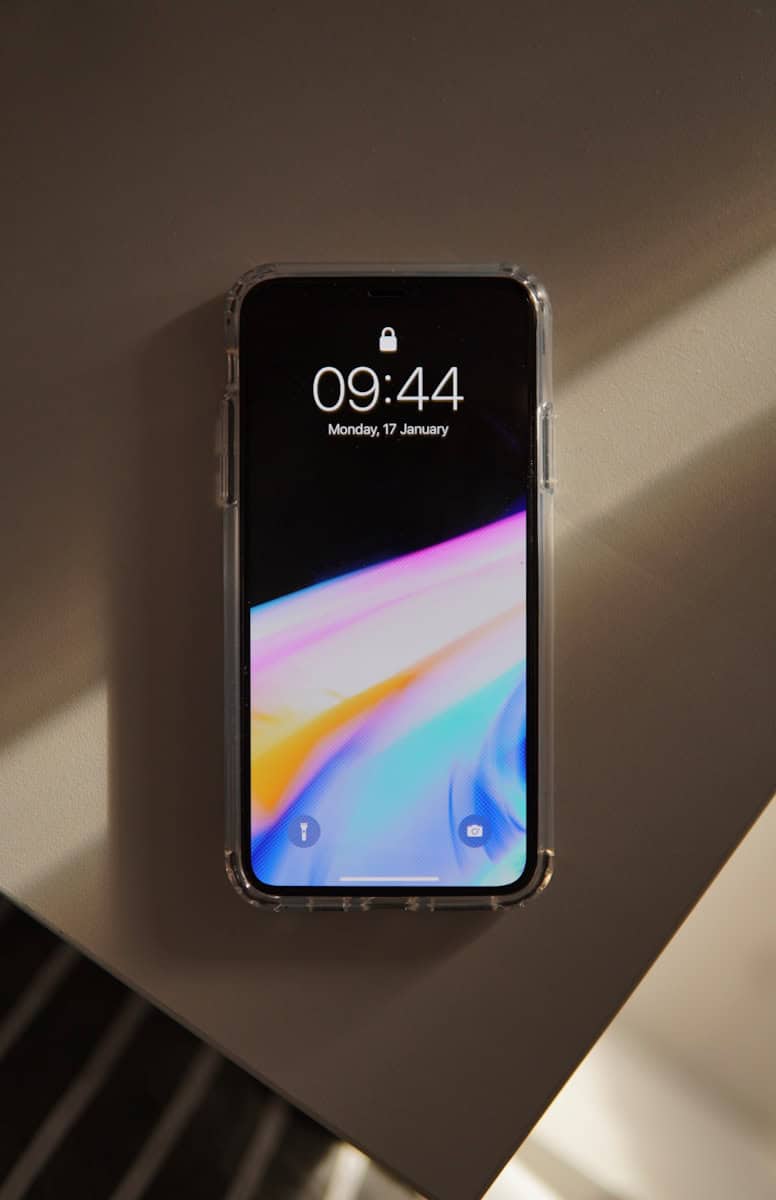Removing the lock screen from your iPhone can be a straightforward process, especially with iOS 16. Many users find themselves wanting a cleaner and quicker way to access their phones. For those who prefer simplicity, this article will show you how to effortlessly remove or change the lock screen on your iPhone.
To delete a lock screen on your iPhone, tap and hold the current lock screen and swipe until you see the one you wish to remove. Confirm by tapping the trash can icon. This method is perfect for anyone looking to streamline their device usage and remove unnecessary steps in accessing their phone.
Also, you can easily change the wallpaper on your lock screen if you want a new look. Go to Settings > Wallpaper > Choose a New Wallpaper. You have the option to select from Apple’s provided images or use your own photo. Either way, updating the lock screen can make your phone feel fresh and new.
If You Know Your Passcode
If you can unlock your iPhone normally, turning off the lock screen is simple:
Steps:
- Open Settings on your iPhone.
- Scroll down and tap Face ID & Passcode (or Touch ID & Passcode on older models).
- Enter your current passcode.
- Scroll down and tap Turn Passcode Off.
- Confirm by entering your passcode again.
Your iPhone will now no longer require a passcode or biometric authentication to unlock.
⚠️ Warning: Anyone who has physical access to your iPhone can open it and access all data without restriction. Make sure you really want to disable this protection.
(Source: How-To Geek, SupportYourTech)
🚫 If You Forgot Your Passcode
If you can’t unlock your iPhone, you’ll need to erase it to remove the lock screen. This deletes all data, but you can restore from a backup afterward.
Option 1: Use iTunes or Finder
- Connect your iPhone to a computer with iTunes (Windows) or Finder (Mac).
- Put your iPhone into Recovery Mode:
- For iPhone 8 or later: Press and quickly release Volume Up, then Volume Down, then hold Side button until the recovery screen appears.
- For iPhone 7: Hold Volume Down + Side button.
- For iPhone 6s or earlier: Hold Home + Top (or Side) button.
- When prompted, choose Restore.
- Once restored, set up your iPhone as new — the passcode will be gone.
Option 2: Use iCloud (Find My iPhone Enabled)
- Go to iCloud.com/find on another device.
- Sign in with your Apple ID.
- Select your iPhone from the list.
- Click Erase iPhone.
- After erasing, set up your iPhone again — no lock screen will remain.
Option 3: Use a Third-Party Unlock Tool
If iTunes or iCloud doesn’t work, tools like AppGeeker iPhone Unlocker, EaseUS MobiUnlock, or iMyFone LockWiper can help remove the screen lock without a passcode.
These tools erase the device and reinstall iOS automatically.
(Source: AppGeeker, EaseUS, iMyFone)
✅ Summary
| Situation | Method | Notes |
|---|---|---|
| You know your passcode | Settings → Face ID & Passcode → Turn Passcode Off | Fastest and easiest |
| You forgot your passcode | iTunes/Finder or iCloud | Erases all data |
| iTunes/iCloud not working | Third-party unlocker tool | Requires computer |
Key Takeaways
- Easily delete the lock screen by swiping and tapping the trash can icon
- Change lock screen wallpapers from the Settings menu
- Streamline your device access by removing unnecessary lock screens
Removing Lock Screen Security
Removing lock screen security on an iPhone involves disabling the passcode and turning off Face ID or Touch ID. Each step is necessary to ensure that your phone doesn’t require any authentication to unlock.
Disabling Passcode
To begin, you need to access the Settings app. Tap on Settings and scroll down to find the Face ID & Passcode option if your iPhone has Face ID. For devices with a Home button, it’s Touch ID & Passcode.
Enter your current passcode to proceed. After that, scroll down and tap Turn Passcode Off. A prompt will appear asking you to confirm your decision. You may need to enter your Apple ID password to finalize this step.
Once done, your iPhone will no longer prompt for a passcode when unlocking. This makes accessing the device faster but opens it up to potential security risks. Be cautious about where you leave your device.
Turning Off Face ID or Touch ID
Next, you need to disable Face ID or Touch ID. Open the Settings app and go to Face ID & Passcode or Touch ID & Passcode. Input your current passcode to enter the menu.
For Face ID, toggle off the switches for iPhone Unlock, iTunes & App Store, Wallet & Apple Pay, and any other enabled options. You may also see an option to disable Face ID completely by selecting Reset Face ID.
For Touch ID, you will see options to remove fingerprints stored on the device. Tap Edit, then delete each fingerprint by tapping the red minus symbol next to each entry.
This ensures that no biometric authentication is used to unlock your iPhone. This step is crucial for completely removing any secure methods of gaining access to the phone.







